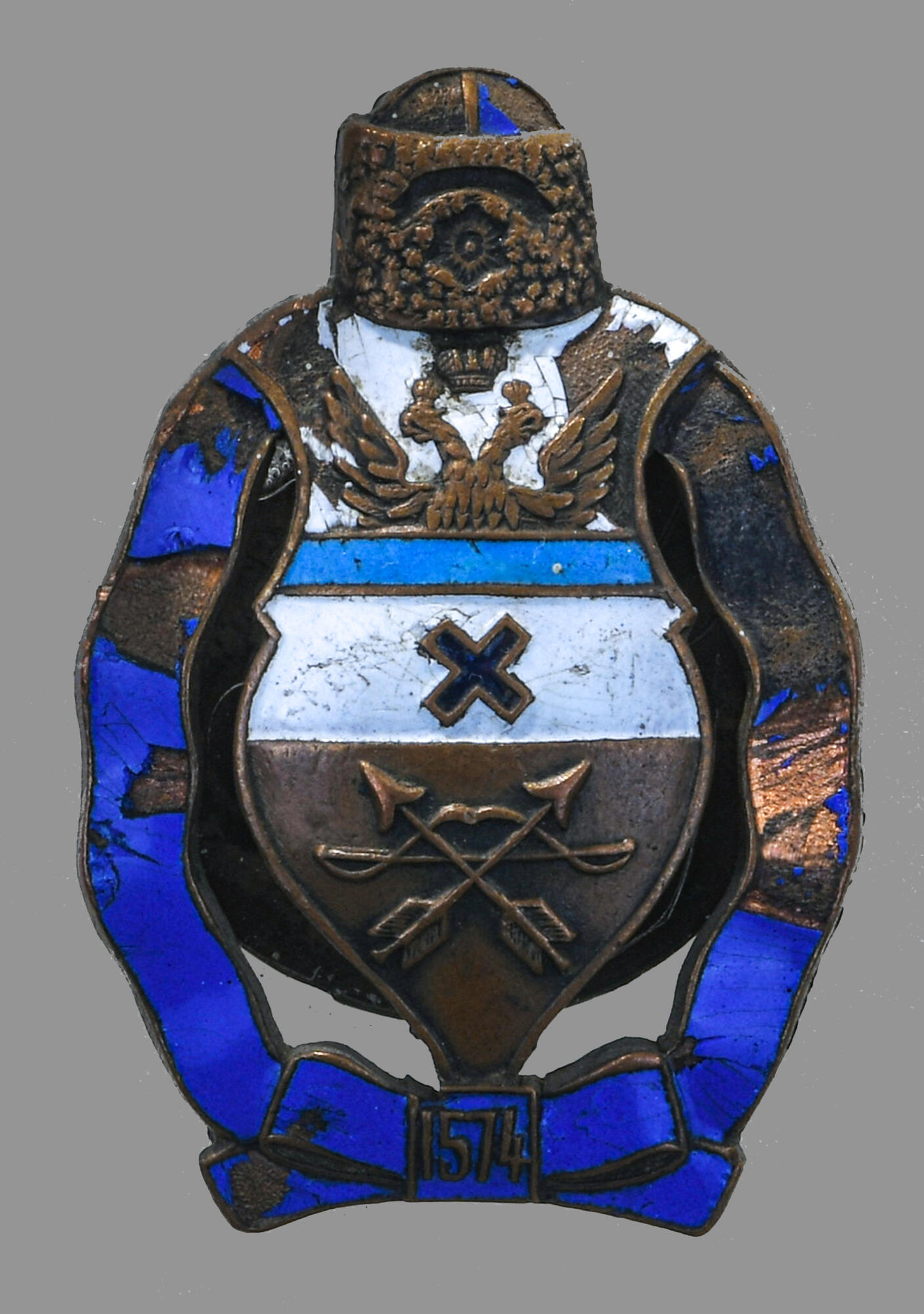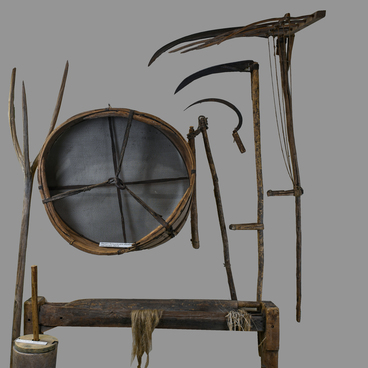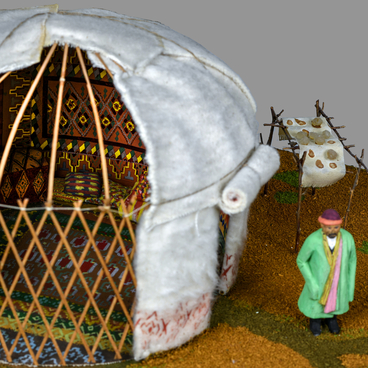After the Khanate of Kazan became part of the Russian Empire in 1552, the voyevoda, or military chief Ivan Nagoi fortified the city of Ufa, in 1574. In 1586 Ufa was granted the status of a city, and it became Russia’s main strategic settlement in the lands of the Bashkir people.
In 1725 the Ural Cossacks founded the city of Sakmarsk. After the Lesser and Middle Hordes of the Kirghiz-Kaisak became Russian subjects, in 1734, the fortress of Orenburg was constructed on the River Or. In the following year the construction of fortifications to the north, in the direction of Siberia, began. By 1739 all the lands populated by the Bashkirs were encircled by a ring of fortified cities.
At the same time as the foundation of the fortress, Admiral Ivan Ivanovich Neplyuev, the governor of Orenburg Territory, was taking steps to ensure that the Cossacks were firmly established in the region, as he saw their presence as the most effective way to defend the Empire’s boundary. On the basis of Orders from the Empress, the Ural Cossacks were withdrawn from Siberia and transferred to Orenburg. Under the Order issued in 1736 ‘state service veterans’ were collected and sent to the Orenburg territory.
In 1725 the Ural Cossacks founded the city of Sakmarsk. After the Lesser and Middle Hordes of the Kirghiz-Kaisak became Russian subjects, in 1734, the fortress of Orenburg was constructed on the River Or. In the following year the construction of fortifications to the north, in the direction of Siberia, began. By 1739 all the lands populated by the Bashkirs were encircled by a ring of fortified cities.
At the same time as the foundation of the fortress, Admiral Ivan Ivanovich Neplyuev, the governor of Orenburg Territory, was taking steps to ensure that the Cossacks were firmly established in the region, as he saw their presence as the most effective way to defend the Empire’s boundary. On the basis of Orders from the Empress, the Ural Cossacks were withdrawn from Siberia and transferred to Orenburg. Under the Order issued in 1736 ‘state service veterans’ were collected and sent to the Orenburg territory.




